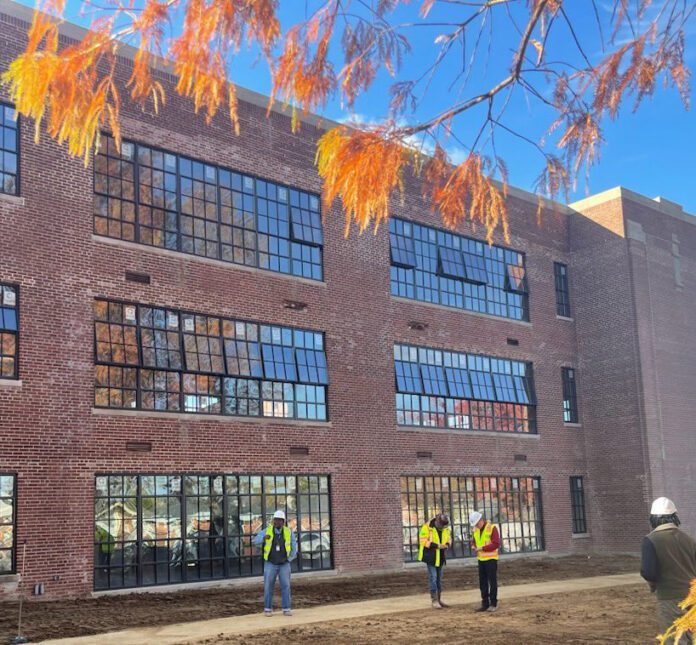by Florence M. Howard
A multi-million-dollar redevelopment of the old Melrose High School has received a major financial boost thanks to $3 million in federal funding.
U.S. Rep. Steve Cohen of Memphis announced the funding Monday (Nov. 27) at the historic building as Memphis Mayor Jim Strickland and jubilant Melrose alumni celebrated the announcement.
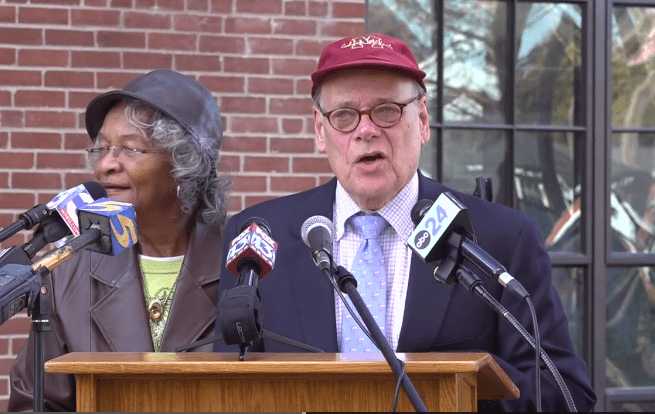
The historic building at 843 Dallas is the iconic landmark of prep sports glory, cultural pride and a once-thriving African-American business community. It is the first neighborhood in America to be built by and for African Americans, and the Melrose redevelopment is considered a major piece in the neighborhood’s reinvigoration.
The original Melrose building was built in 1938, closed in 1979 and declared a historical landmark in 2001.
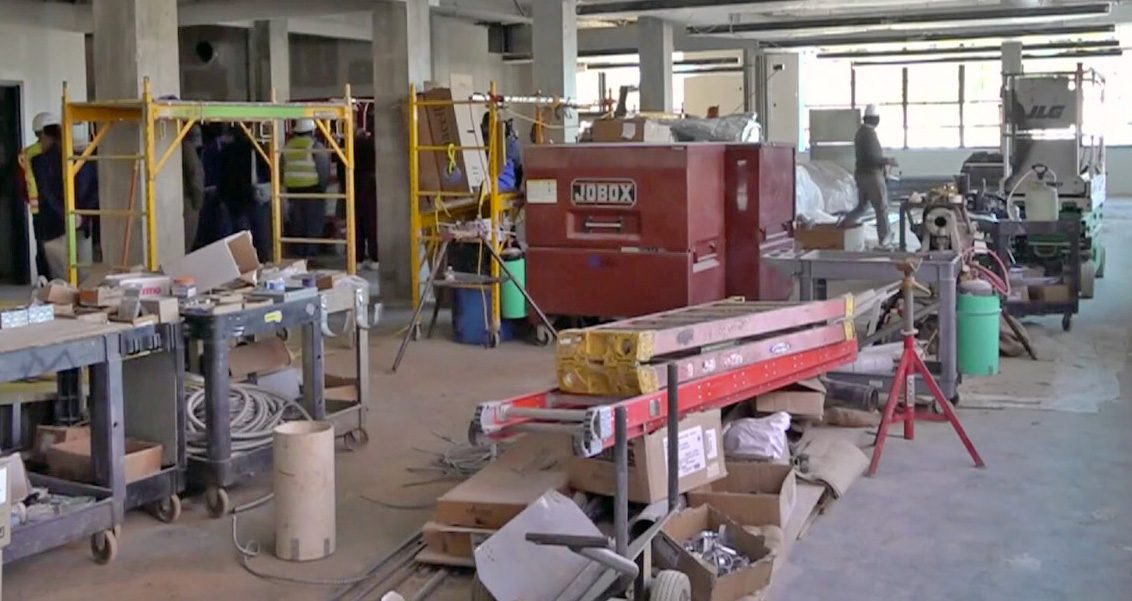
Current plans for the revitalized building – a $16 million project – include a job training center, a large library with a children’s library, a genealogy center and senior living apartments for two dozen seniors on the top floor of the three-story building.
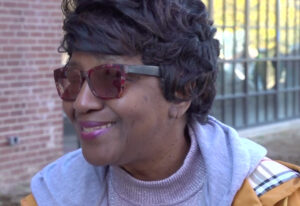
Alumni member Hazell Glover-Jones plans to be among the occupants when it opens next fall. She said the old school stayed vacant for years until Mary Mitchell organized the Orange Mound Heritage.
Melrose Alumni Association President Denise Williams Greene said that the “Re-Imagine Historic Melrose” project started in 2022 while mayor-elect Paul Young was head of the Memphis Division of Housing and Community Development and Jevonte Green, a Melrose graduate, was a HCD staff member.
According to the Melrose Alumni Association, the school’s history began in 1890 when District 18 School of Shelby County was established. There, the children were educated in a two‐story framed, unheated building. The residents believed in family values and education, so the school became an important part of the community.
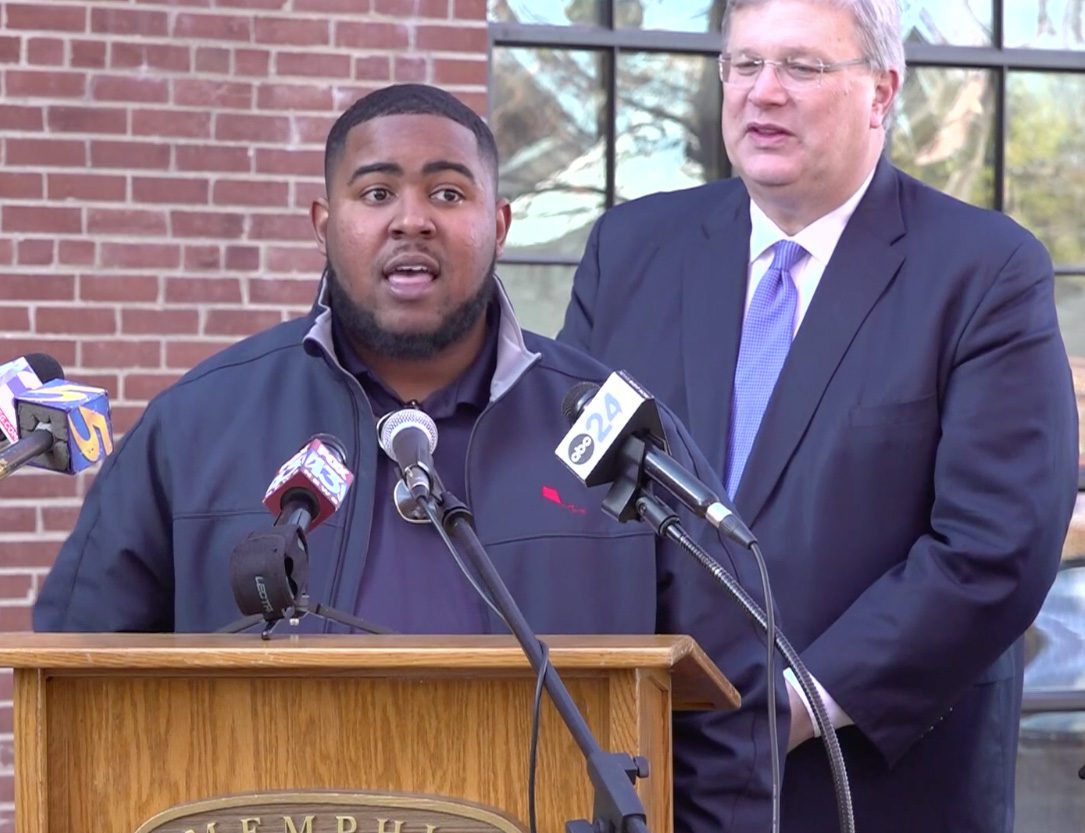
The school’s name was later changed in honor of Dr. Melrose, a philanthropist and humanitarian, who gave much of his service to school, civic, and community activities.
Messick to the north in the Buntyn community was the school for whites, and Melrose in Orange Mound was the school for Blacks. Students attended Melrose in grades 1 through 8 and Booker T. Washington for high school.
When Fannie M. Kneeland was appointed principal of the newly named Melrose School, she was also the only teacher. Melrose grew to a three‐teacher school and graduated its first class, a group of five girls in 1894.
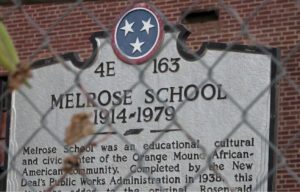
When the city annexed the area in 1919 and Melrose became part of the city school system, students were educated in an 11‐classroom, outmoded stucco structure.
In 1929, a reporter from the Memphis Press‐Scimitar visited the school and reported many conditions that needed remedy, “…ill‐heated, ill‐ lighted, ill‐kept, bad in itself, with ‘temporary’ additions … propped up on wooden pegs and roofed only with a species of paper.”
The building, considered to be a firetrap, was three‐quarters of a mile from the car lines, and the surroundings were muddy. There were no electric lights, and the janitor used a lantern.
The 703 students were crowded, using the cloakrooms as extra classrooms.
William Alexander Lynk was principal, and the reporter gave high marks to Lynk and his faculty.
A new building was badly needed. To avoid a fire hazard to schoolchildren, city officials obtained financing for a new building. Upon completion of the new building, the smaller Park Avenue School was closed, and its students were sent to Melrose.
Completed in 1937, the new Melrose School building had 24 classrooms, a library, offices, a health department clinic, sanitary conveniences on each floor and provision for future classrooms and an auditorium.
As noted in The Memphis Press‐Scimitar (Nov. 16, 1937), “It will be fireproof. It will be for ‘Negroes’.”
Shortly afterwards in 1938, Melrose and Park Avenue Schools merged when the new brick, steel, concrete, and fireproof building was constructed with 79 classrooms, a well‐equipped library, three science laboratories, two soundproof music rooms, a shop building, and a combination cafeteria‐auditorium on the 11.65‐acre campus.
In 1972, Melrose High School moved to its present location at 2870 Deadrick Avenue. In 1979, LaVaughn Bridges was appointed principal. In compliance with the “middle school” concept, the seventh and eighth grades were removed in 1995.
Since then, Melrose High School has served grades 9 through 12. In 1997, Melrose was cited by the Memphis Education Association as School of the Year. In 1999, it was designated as a Title I School. In 2004, Melrose was again chosen as School of the Year by the Memphis Education Association.
The Melrose High School Alumni Association is a 501(c)(3) organization with chapters in Memphis, Atlanta, Chicago, and Los Angeles.
(For more information, visit https://melrosealumniassociation.com.)


